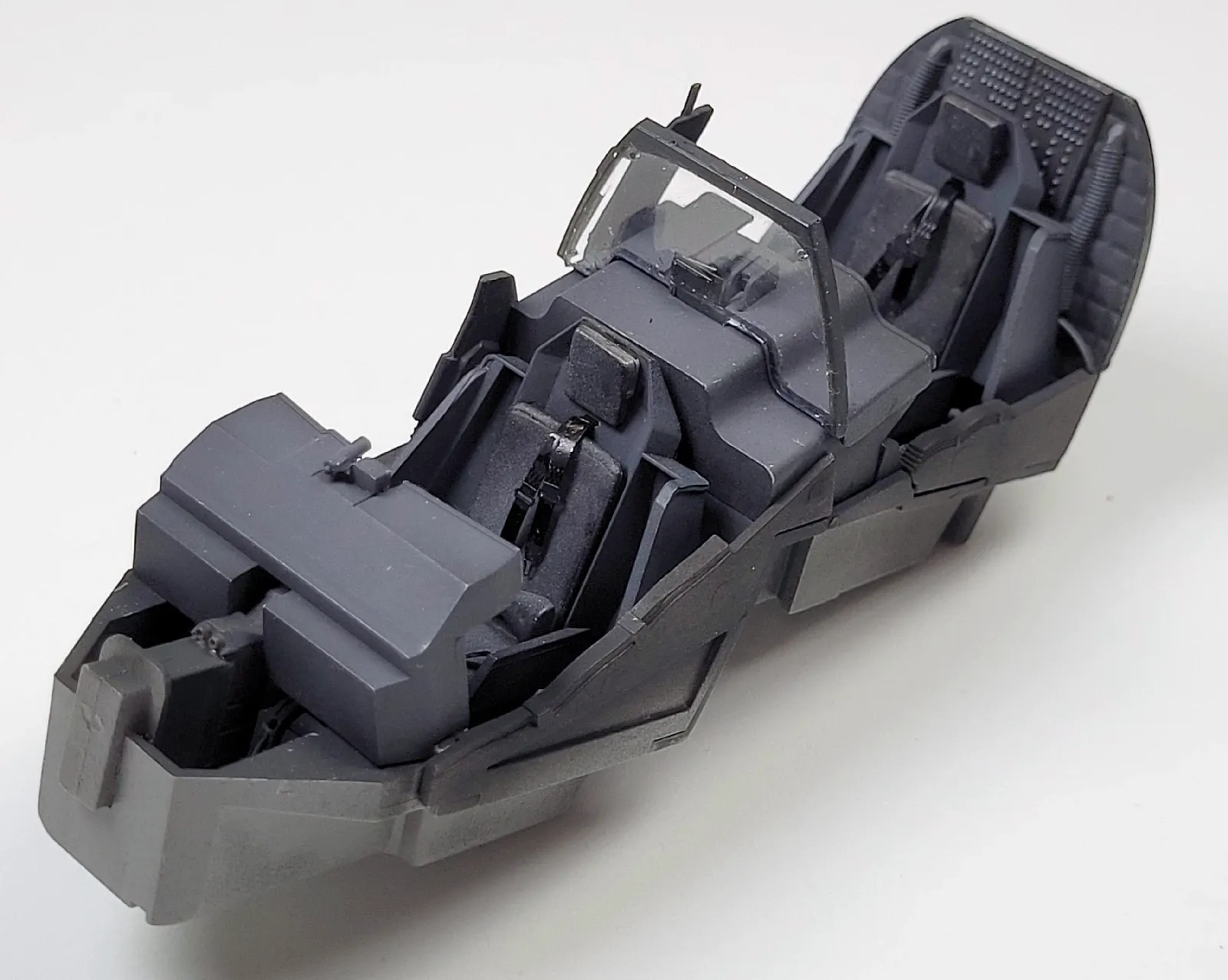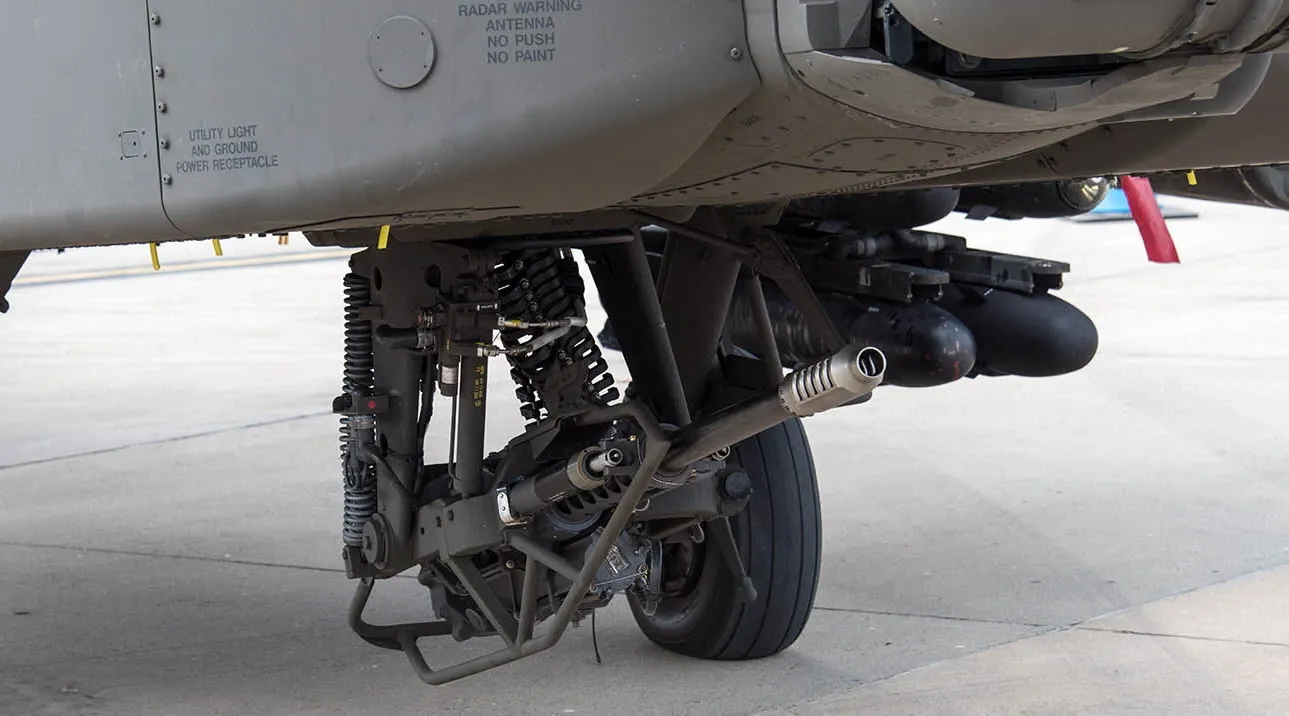Build guide pt. I: Takom's 1/35th scale AH-64E Guardian
From Takom
Kit No #2602
1/35th scale
Photo-etched parts
3D-printed parts included
3D-printed parts included
Designed with Snowman Model
Decals for 2 versions included
Price: $86 USD from Hobbylink Japan
The Subject: The AH-64E Apache Guardian.
The AH-64E program is the most current evolution of the Apache. It is designed and equipped with an open systems architecture to incorporate the latest communications, navigation, sensor, and weapon systems. The E-model has multiple upgrades from its predecessors, such as the improved Modernized Target Acquisition Designation Sight/Pilot Night Vision System (MTADS/PNVS). This system includes a new integrated infrared laser that allows for easier target designation and enhanced infrared imagery that blends infrared and night vision capabilities. The E-model also has an updated Small Tactical Terminal radio that includes the LINK 16 capability required to communicate in a joint environment. The updated Fire Control Radar can operate in a maritime mode, enabling the Apache to be an integral asset in most environments. The E-model fleet’s Manned-Unmanned Teaming ability provides Level of Interoperability 4 to Apache crews, providing the ability to receive Unmanned Aerial Systems (UAS) video in the Apache cockpit, control UAS sensors, and direct the flight path of the UAS.
The aircraft is also undergoing further modernization modifications such as the Modernized Day Sensor Assembly. This upgrade eliminates obsolescence issues while enhancing day-sight capabilities equivalent to the changes made with MTADS/PNVS. Other modifications include Manned-Unmanned Teaming that provides non-line-of-sight communications, video transmission/reception, and maintenance cost reductions.
Indonesian Army Boeing AH-64E Apache Guardian
The Apache is provided to U.S. allies through a robust Foreign Military Sales program with more than 500 Apache currently in operation or development across 16 partner nations. The current acquisition objective is 812 aircraft.
An Indian Air Force AH-64E in 2019
Build guide pt. I: Takom's 1/35th scale AH-64E Guardian
After dipping my toe into the world of 1/16 with Takom’s Panzerjaeger kit, I was looking forward to going back to something more in my comfort zone. While 1/35th scale was part of my thinking into what I wanted to do next, a 1/35th Apache was not exactly what I had in mind. Not that I’m complaining, because I know my eyes certainly lit up when I saw Takom’s announcement of this kit.Instructions..... What can I say?
While we’re often told to study the instruction booklet before we begin construction, potential issues in the instructions aren’t necessarily obvious until actual construction, and this instruction booklet definitely could do with a bit of help in its design. Forests of arrows pointing vaguely to areas where parts are supposed to go and illustrations of tiny parts that don’t give a good view of how they’re supposed to be aligned is not a new phenomenon to Takom instruction booklets, the extra complexity of this kit compared to Takom’s usual armour kits really did add an unnecessary level of frustration at times to what should’ve been quite an enjoyable model to put together, as the engineering and fit of this kit is actually quite good. I will not go into specifics here, but will cover them as I come across them throughout the build, but this is a general observation of the instructions.Construction starts with the cockpit which comes as a tub with the back and some side panels to be added. The details are very nicely moulded although no colour callouts are given for the interior at all. After doing a big of digging, it appears that Apache cockpits are painted black to avoid any potential reflections with the night vision equipment, so I went for a few different shades of black including NATO black, Matt black and German Grey, and dry brushed the raised details with white. Decals are provided for the instrument displays, however they are provided “on” with data being displayed on the screens which looks good but not necessarily accurate for a vehicle sitting on the tarmac so I just painted the screens with Black Green.
The real thing below...
The seats have cushions provided, and there is a small slot moulded into the back of the seat suggesting it is where some harnesses should be attached, although none are shown in the instructions. However, a careful study of the PE frets will show that a set of shoulder and lap harnesses is provided, although the shoulder harnesses are provided in a single length and most pictures seem to show it should be a pair to go over both shoulders so I just cut that length in half. A length of wire is provided in the kit, although the instructions do not make it apparent that it should be attached to the upper panel of the canopy with an arrow and 180mm pointing to an illustration of the panel with the wire attached.
Moving on, we are given a banking plate for the base of the rotors to go on, and this was where the vagueness of the instructions really did make the kit harder than it should be Especially in terms of correct alignment of parts that are supposed to be at an angle, with arrows pointing to the far side of illustrations resulting in a fair amount of guess work as to where the pieces are meant to go. Once again no colour callouts are provided, but since the fuselage is closed up around this, not a great deal will be visible so I painted this all up in black.
The construction of the 25mm chain gun comes next and is attached to the underside fuselage plate. There is a collar to be attached inside which is why the instructions tell you to attach the gun now, although if you glue the gun in place, you can just leave it off until later. The collar piece is also mislabelled as F48 when it is supposed to be F46. Unfortunately, the barrel of the gun in my kit was slightly warped so it wasn’t gun barrel straight so to speak, but the detail is nicely moulded and the end is hollowed out. The ammunition feed is provided in one piece vinyl, once again the detail is quite nicely moulded with the individual rounds which should come up very nicely just with a bit of a dry brush, and the flexibility of the material allows for the piece to be shaped into the characteristic curve with a bit of superglue and clamping overnight. I ploughed ahead and followed the instructions, but in hindsight I would not bother with the collar and leave the whole assembly unattached and paint the vinyl piece first.
Make sure you drill out some locating holes before you attach the fuselage halves. The instructions would have you installing the canopy parts at this stage but I left them off for later, as well as the various fuselage details such as antennas and handrails which would only get knocked off if assembled at this stage. Well I would knock them off.
The nose sensors come with a clear plate (Q9) behind it, but it is pretty much invisible once the sensor “barrel” is installed so it’s not really worth masking up, and not that there are colour callouts for it anyway. The right hand side of the sensors tell you to use parts C13 and C14, except the kit does not come with a C sprue, however I found D54 and D55 which appear to be the actual parts used.
The cheeks of the fuselage come with open avionics bays and do look very nice although once again lack of colour callouts raises its ugly head, but the biggest issue is that none of the wiring is included. And while this can be added by the modeller, you would think that if the option to have the bays opened up on display, then the detail would be there but the simple solution is to just close them up. I just assumed that the landing gear could be attached later on, however there are attachment points on both the inside of the cheek and the fuselage so make your life easier and follow the instructions. I ended up cutting off one side of the attachment point.
The tail unit is a pretty straight forward affair with a cut-out section for different versions but goes together easily. The rear of the tail plane requires a PE strip on the trailing edge which you could probably get away with not attaching if you want. The tailwheel strut is a somewhat fiddly affair, but goes together easily enough.
While the kit itself has been pretty good so far, the instruction booklet unfortunately lets it down and at times really did reduce my level of enjoyment when this kit is actually quite nice to put together. Dry fitting is your friend here, and once that piece is in place, a bit of Extra Thin and you’re ready to go.
Paul Lee
The tail unit is a pretty straight forward affair with a cut-out section for different versions but goes together easily. The rear of the tail plane requires a PE strip on the trailing edge which you could probably get away with not attaching if you want. The tailwheel strut is a somewhat fiddly affair, but goes together easily enough.
While the kit itself has been pretty good so far, the instruction booklet unfortunately lets it down and at times really did reduce my level of enjoyment when this kit is actually quite nice to put together. Dry fitting is your friend here, and once that piece is in place, a bit of Extra Thin and you’re ready to go.
Paul Lee
Thanks to Takom for sending this kit to build and review. You can see more about Takom's kits on their website or on their Facebook page.



.webp)

.jpg)
.jpg)

.webp)






.webp)



